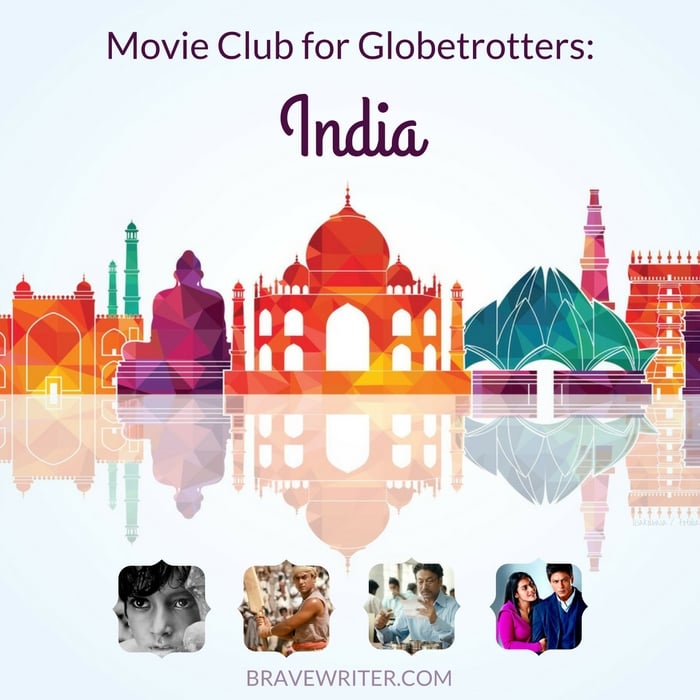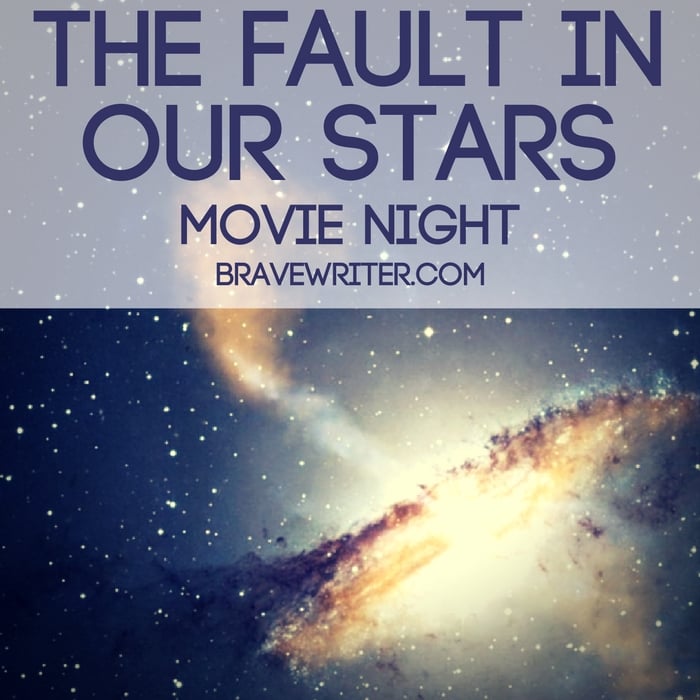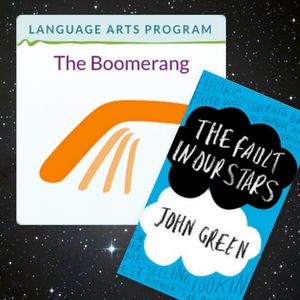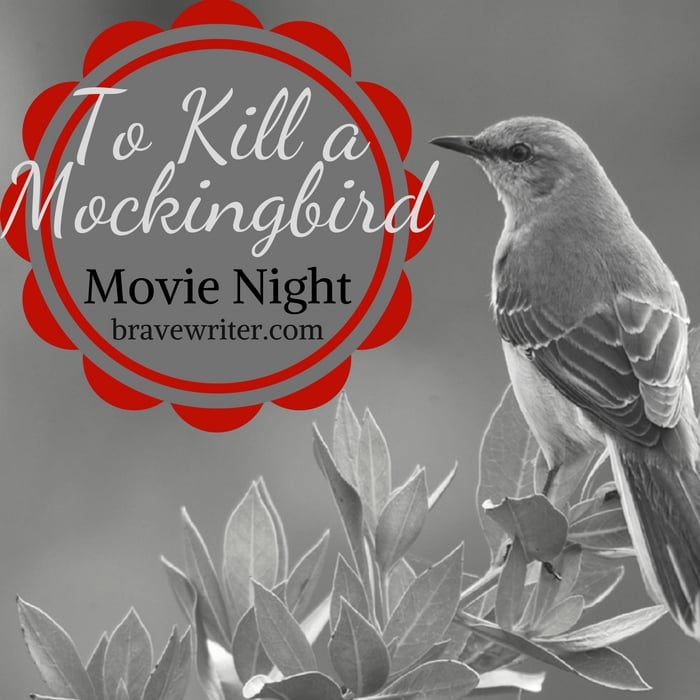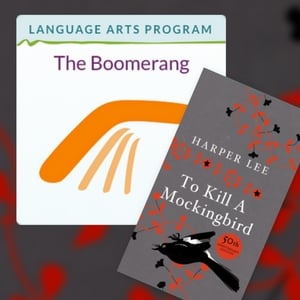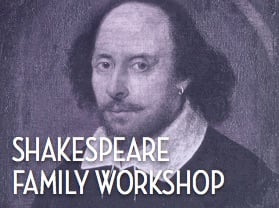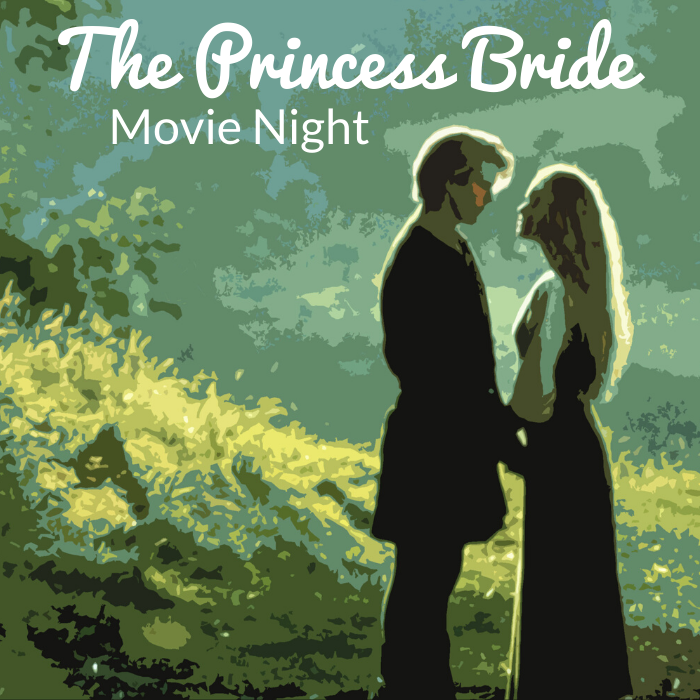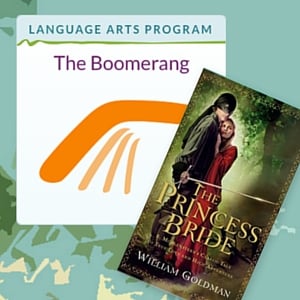[This post contains affiliate links. Thank you for supporting Brave Writer.]
 Nancy Graham joined Brave Writer’s fulltime staff this year as our Minister of Magic. She has been teaching with Brave Writer since 2011. We interviewed her about the upcoming Movie Club for Globetrotters: India.
Nancy Graham joined Brave Writer’s fulltime staff this year as our Minister of Magic. She has been teaching with Brave Writer since 2011. We interviewed her about the upcoming Movie Club for Globetrotters: India.
How does Movie Club for Globetrotters: India differ from Brave Writer’s other movie clubs?
This will be the first in a series of movie discussion clubs devoted to movies from around the world. Another thing that will distinguish this club is the amount of subtitles, which is great reading practice!
What movies will the club be discussing?
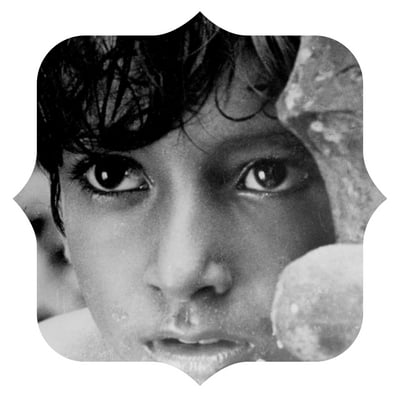
Our first film, Pather Panchali, is considered one of the great classics of world cinema. It’s the first of a trilogy of films that follows a Bengali boy named Apu as he grows into a man. The images are so beautiful that watching is like stepping into a black-and-white version of Bengal in the 1950s. The director, Satyajit Ray, was an eloquent visual storyteller who showed great compassion for his characters. He was influenced by other world-renowned directors such as Jean Renoir and Vittorio De Sica.
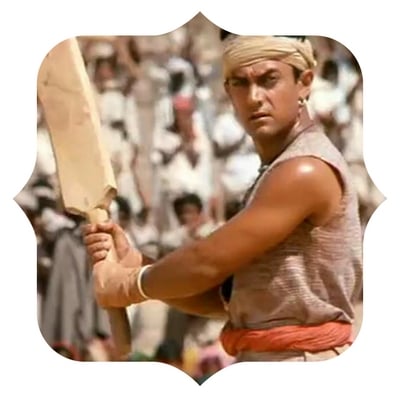
From there we will jump to Lagaan: Once Upon a Time in India, a more recent, more commercial Bollywood musical! Set before independence, Lagaan is about a cricket match between a British regiment and the local villagers that they are unfairly taxing. I think everybody will be cheering by the end.
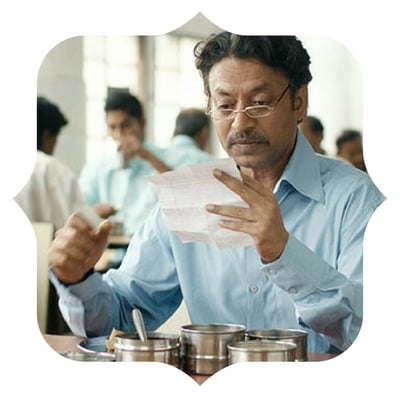
Our third movie, The Lunchbox, somehow manages to be a love story and a sociology lesson at the same time. In Mumbai, lunches are delivered by 5,000 dabbawallahs who rarely make a mistake. In this story, through a mix-up, lunches start going to the wrong man and he and the woman who prepares them strike up a correspondence. It’s a sweet story and I highly recommend anyone watching it have some dal, rice, and curry on hand because it will make you hungry. So does writing about it: my daughter read over my shoulder as I wrote this paragraph and we decided to break immediately and head for our favorite Indian restaurant.
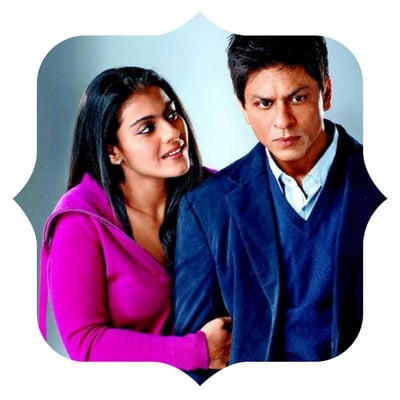
Now that I’ve had my arugula dosa and chai, I’ll tell you about our final movie, My Name is Khan. This one stars Shah Rukh Khan, a major Indian film star, in a story that takes us from India to the US where its protagonist, a Muslim with Asperger’s traits, finds himself in the midst of tragedy and anti-Muslim sentiment after 9/11. This movie is a great discussion starter and relevant to today’s conversation about appearances, immigration, violence, and kindness.
Why sign up for an online movie club class?
Here’s how Brave Writer Movie Clubs help kids develop as writers:
1. Movies are great writing prompts. Few if any of us can watch a movie without sharing an opinion. Typically other family members watch too, so discussions ensue that help prime the pump for conversing with other members of the movie club. This is writing-as-conversation rather than as a solitary activity, and it helps writers tune in to their inner conversations. This kind of dialogic writing gradually eases the second, solitary form of writing demanded by high school composition.
2. The movie clubs offer breadth and depth in terms of developing media literacy, a complex set of analytical and creative abilities essential to 21st-century communication. We consider shot composition, transitions, lighting, scoring, sound effects, narrative development, qualities of performance, camera movement, costumes—the list goes on and on. And these topics are rarely introduced by me—it’s the participants who generate insights; I elaborate and invite further exploration.
3. Movies begin as literature with a screenplay, novel, or short story. So discussing movies is often necessarily also a consideration of the art of adaptation from one medium into another.
4. Cinema writing shares much of the language of literary analysis. Thanks to the internet, many young people are now familiar with tropes, archetypes, and other elements of literature, and regularly apply them when discussing animé, manga, and games. Our movie clubs validate and deepen the application of this terminology to the works of popular culture. Participants come to view what they do for entertainment as existing on a continuum with what we think of as high art and literature.
5. We try to make the clubs a blend of commercial successes and movies that get kids’ feet wet with independent or lesser-known works. I hope that as they grow, their increased awareness of alternative film will lead to their having expanded taste and going off the beaten track to screenings at universities, community centers, and art house cinemas.
I hope you’ll join us for our trip to India on September 19th!

